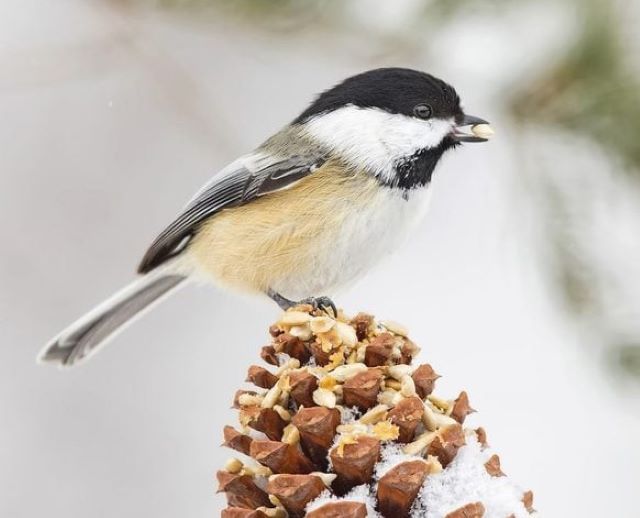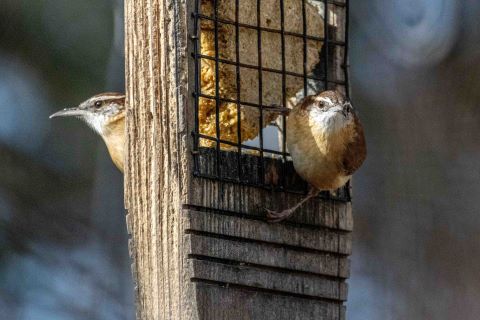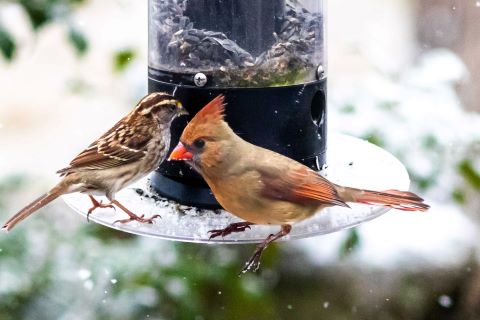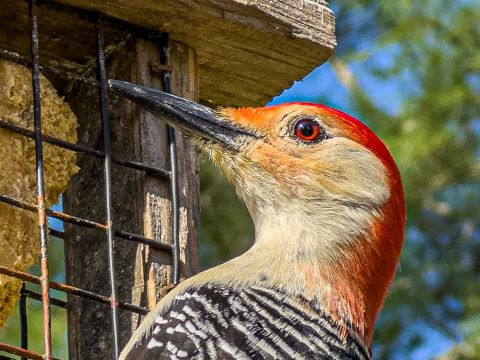
As the chill of autumn gives way to the silent cool of winter, quite a few of our bird friends have migrated for warmer climates. Backyard birds remain do remain here for the winter! A simple bird feeder can keep cold weather birds coming to your backyard until spring returns.
If you choose to set up a bird feeding station, keep a few things in mind:
Commit to the practice
Birds in winter have to expend more energy to visit their food sources, so you may find not many visitors arriving at your yard to start with. Once individuals, families and colonies begin to become aware of a source of nutrients, they will become regular customers. However, that makes it all the more important to keep your feeder full through the winter, at least through the first thaw of spring. Those birds will be unable to forage for insect life or plant matter to feed upon until those warmer months, so you may be the primary or even the only source of food for them!
Choose your feed
Different birds need different types of food to sustain them. Smaller songbirds like titmice and chickadees will do well with basic seed–any basic mix will do, such as those from the grocery store. Some people prefer mixes that don’t include millet, as it can scatter and become a noxious weed, but the birds don’t mind! Some birds, like woodpeckers, find the nutritional value of suet to be incomparable. You can make your own suet (Audubon even offers a recipe) or pick it up at some grocers. Peanut butter provides a high protein, high fat alternative that is easier to source. If you do choose to go that route, the suet can be delivered in a variety of ways. There are specially-designed suet feeders you can use, such as the one in the photos by Greg Stone, below. Or you can make your own using a pine cone, corn cob…or a piece of bread.
Most importantly, keep your bird seed fresh – old or moldy bird seed can cause illness and even death in bird species.
Place your feeder with care
Place your feeder in a location that is safe for birds to feed! Certainly any congregation of bird life will make for a tasty-looking target to predators or even larger birds of prey, and that is out of our hands, to some extent. However, many birds also fall victim to window strikes. You can help prevent that by placing your feeder at a distance from your home, and you can even go a step further by placing decals in your window to make clear to birds that your window pane is not something they can safely fly through!



Observing birds in winter is a great pleasure, and one that grows through the season. Once birds know your house is a hotspot for sustenance, you’ll begin to notice more numbers and more diversity in the bird life that your yard is attracting. By the end of the winter, who knows what exciting birdlife you will have attracted with just a little effort and creativity.

